The pet product sector is growing – and with it also the number of companies getting involved in this branch of the economy. Competition is growing rapidly above all in the retail trade
Garden/pet combination
Garden centre proprietors were among the first outside operators to become involved in the pet product industry. In their view the garden and pet sectors not only complement one another but also generate custom for one another. Garden centres face the problem that the bulk of their sales are achieved in just a few months. The steady monthly flow of customers to a pet department therefore offers an opportunity to even out somewhat the sales peaks experienced by a garden centre between March and June. Garden centre operators can also rightly assume that incorporating a pet product range into a garden centre increases overall sales, as the offer of a new segment can bring in new customers.
Gamm Vert occupies an important position in the pet product trade in France.
Garden centres now occupy an important position in the pet product sector in many European countries. In France, for example, chains like Jardiland, Botanic and Truffaut are among the leading speciality retail groups. Their pet departments take up an area of between 400 and 800 m2 on average and stock live animals, with the emphasis on aquatics as well as the best-selling brands of pet food and accessories. According to figures from the Promojardin/Prom’Animal trade organization, garden centres achieved sales of just under 300 mio d with pet products in 2002. Their share of the market is approx. 10 per cent. Garden centre operators in Germany, Italy and the UK too have been successful in constantly strengthening their position in the pet product sector. The advantage they have over traditional pet shops lies in the large retail areas they possess, in which products requiring a lot of space, such as ponds, aviaries and small animal cages or aquarium layouts can be displayed in an attractive manner.
Pet departments in DIY stores
There’s no shortage of space in most DIY stores either. This is why companies such as Hornbach in Germany, Intratuin in the Netherlands and Mr. Bricolage in France decided early on to incorporate new lines such as garden or pet products into the range in some of their stores. With an estimated market share of 10 per cent, DIY stores in Germany now rank among the fastest-growing distribution channels in the pet product sector. French DIY chains have not been quite as fast off the mark in deciding to get involved in the pet sphere, and apart from Mr. Bricolage and more recently Bricorama only a few companies in the home improvement sector have embarked on such a step. Their share of total sales is only just over 3 per cent at present. In fact, it makes little sense for a DIY store to open a pet department unless it already has a large gardening department or garden centre, for an aquarium display or large rodent house needs to be located in an appealing environment for it to have any effect on the customers. The main obstacle to the rapid spread of the DIY chains in the pet sector, however, is probably the lack of professional competence among the staff. There’s still a lot of catching up to do in this regard.
With an estimated market share of 10 per cent, DIY stores in Germany rank among the fastest-growing distribution channels in the pet product sector.
The garden/pet combination will probably also become established in Eastern Europe in the next few years. It is gaining momentum from the expansion of innumerable Western European DIY store chains into Poland, the Czech Republic, Slovakia and Hungary. Hornbach of Germany, Baumax of Austria and the French company Castorama already have substantial branch networks in some countries, and these should become denser in future years.
Good prospects for rural trade
On the retail side, the DIY and garden centre operators are joined by another important category of market players in the rural trading companies. For the proprietors of these companies, the retail business constitutes a second string to their bow alongside agriculture. Since as local suppliers for the rural region they are familiar with selling pet food products, they generally have a high level of professional competence when it comes to giving advice on questions of pet nutrition. One model example of how pet products can be integrated attractively into rural trading stores is provided by the French company Gamm Vert, which has well over 700 stores spread across the country. And in Belgium, Austria and Germany, speciality stores for house, garden and pet are playing an ever greater role in the pet sector.
The role of vets in the pet product sector varies. In some countries, such as France and Italy, they assume a key role as a distribution channel for pet products. In Germany by contrast, there are considerable legal obstacles to such involvement.
Foreign outlets of European DIY groups 2003(download pdf-file)
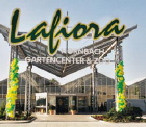

 Menü
Menü





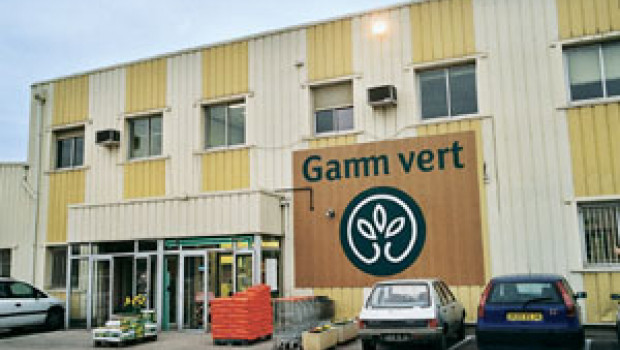
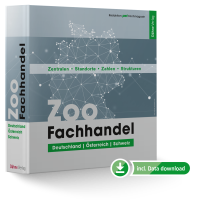
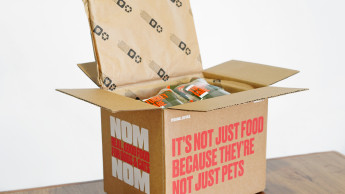
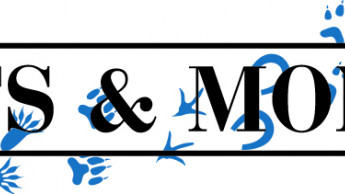



 Print - digital - online
Print - digital - online






